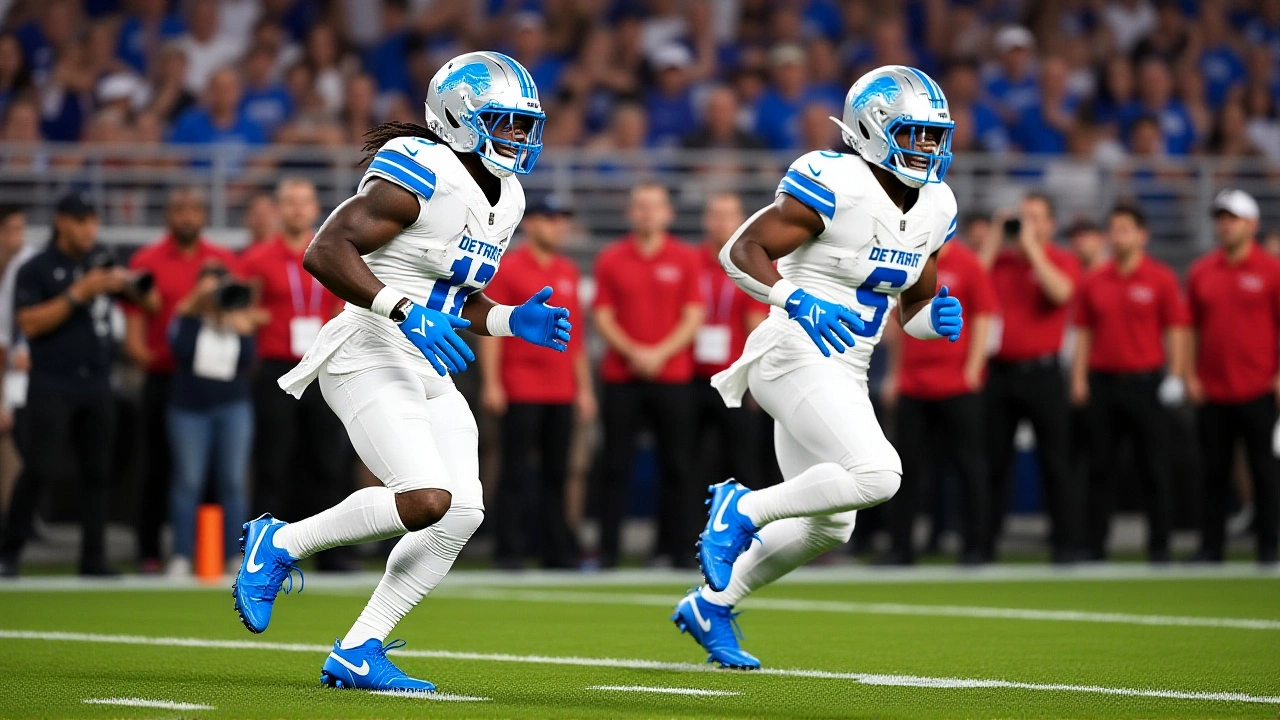Sports Commentary & Analysis: Football Thrillers and F1 Talk
Welcome to the hub where we break down today’s biggest sports moments in plain language. No jargon, just what happened, why it matters, and what you can take away for the next game or race.
Bills vs Ravens: A Nail‑Biting Finish
The Bills‑Ravens clash on Sunday night turned into a 41‑40 roller coaster that left fans on the edge of their seats. Buffalo jumped out strong, but Baltimore kept matching them point for point. By the fourth quarter both teams were trading touchdowns like they were in a sprint, and the lead swapped hands three times in the final two minutes.
What made the finish so wild? A mix of aggressive play‑calling and a few defensive slips. The Bills leaned on a hurry‑up offense that forced the Ravens into rushed coverage, while Baltimore’s defense finally caught a break with a goal‑line stand that set up a quick field goal. The game showed how a single mistake in the closing minutes can flip a season‑opening result.
If you’re looking for takeaways, focus on two things: clock management and depth in the secondary. The Bills’ ability to keep driving late proved they can sustain pressure, but their defense gave up big plays when it mattered most. The Ravens, on the other hand, need to tighten coverage in the red zone if they want to turn close games into wins.
Why F1 Still Can’t Crack the US Market
Switching gears to the world of motorsport, Formula One faces a stubborn hurdle in the United States. The main roadblock is familiarity – most American fans grew up with NASCAR, IndyCar, or local track days, so F1 feels like a foreign sport. Its complex rules, pit‑stop strategies, and the fact that races are often scheduled at odd hours for U.S. viewers don’t help.
Another factor is the lack of homegrown heroes. Without a steady stream of American drivers on the grid, casual fans have fewer reasons to tune in week after week. Add the perception that F1 is an elite, expensive pastime, and you’ve got a perfect recipe for low interest.
That said, things are shifting. The recent surge in streaming platforms, the popularity of F1‑themed video games, and the success of the Netflix series have sparked curiosity among younger fans. If the sport wants to grow, it needs to invest in U.S. talent pipelines, schedule more races in convenient time slots, and simplify the broadcast commentary so newcomers aren’t overwhelmed.
Bottom line: the Bills‑Ravens showdown shows how every play counts in a tight game, while the F1 debate highlights the importance of relatability and accessibility for sports to thrive in new markets. Both stories feed into the larger theme of sports commentary – breaking down the action so you can enjoy it without the fluff.
Got an opinion on either matchup? Drop a comment, join the conversation, and stay tuned for more analysis that cuts straight to the point.



